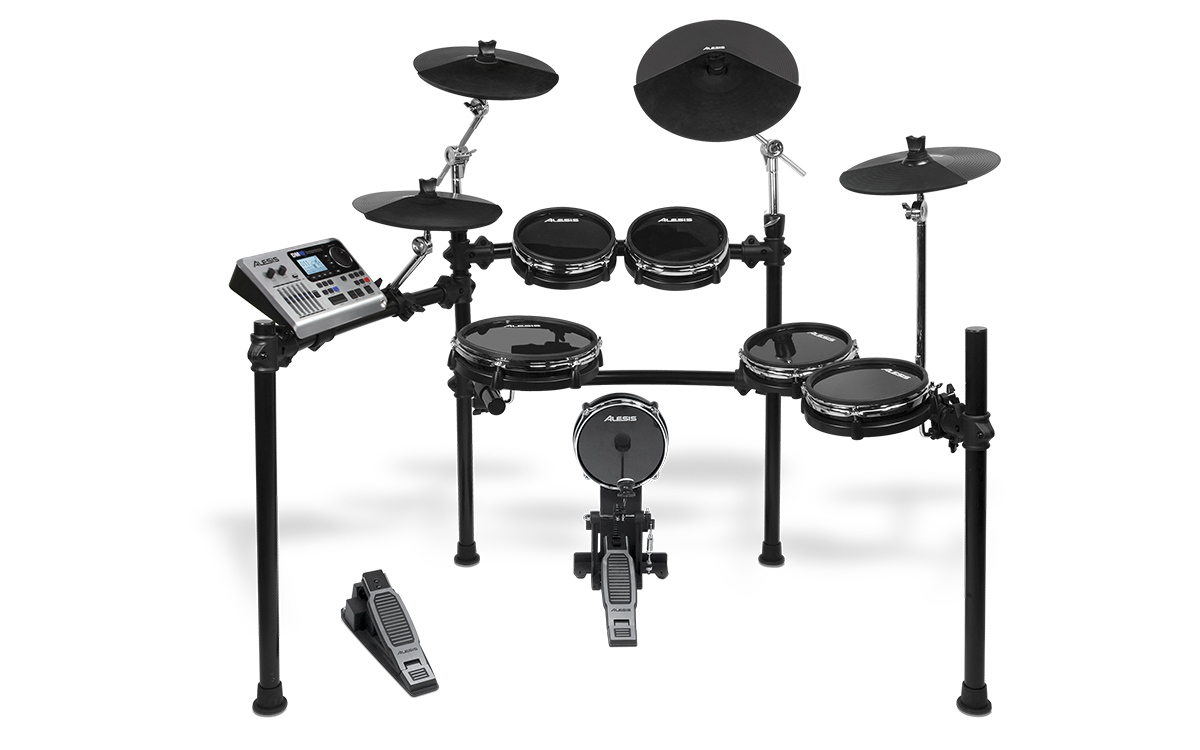
Your grandparents’ basic skills would completely stump most college graduates today. Think about it – essential knowledge that built America has virtually disappeared in just one generation. When faced with paper maps, handwritten letters, or manual car transmissions, many young adults simply freeze in confusion. The cost of convenience might be higher than we thought. Rediscovering these forgotten abilities could become your secret advantage in our automated age. From phone books to patience, here are 26 Boomer skills that have nearly vanished from American life.
26. Memorizing Phone Numbers
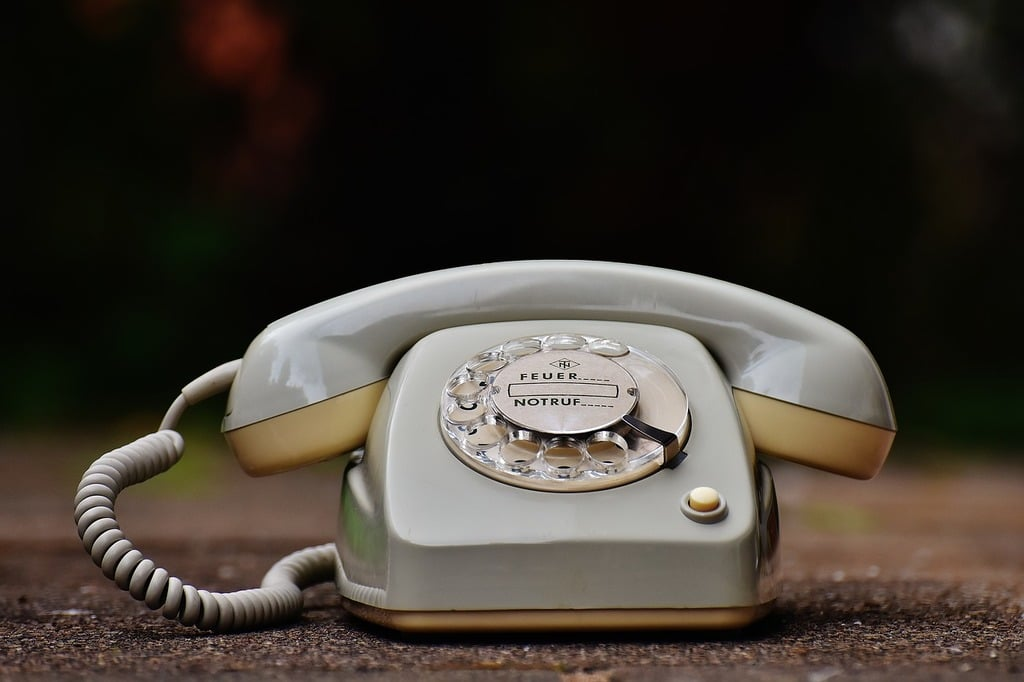
In an era before digital contacts, Boomers mastered dozens of phone numbers by heart. They built mental directories of family, friends, and business contacts through mnemonic devices and repetition. This skill enhanced cognitive function while providing instant access to important information. Today’s smartphones have made this ability obsolete. You can access any contact with a few taps in seconds. Studies show 91% of Americans now store contact information digitally.
25. Answering the Home Phone For Others
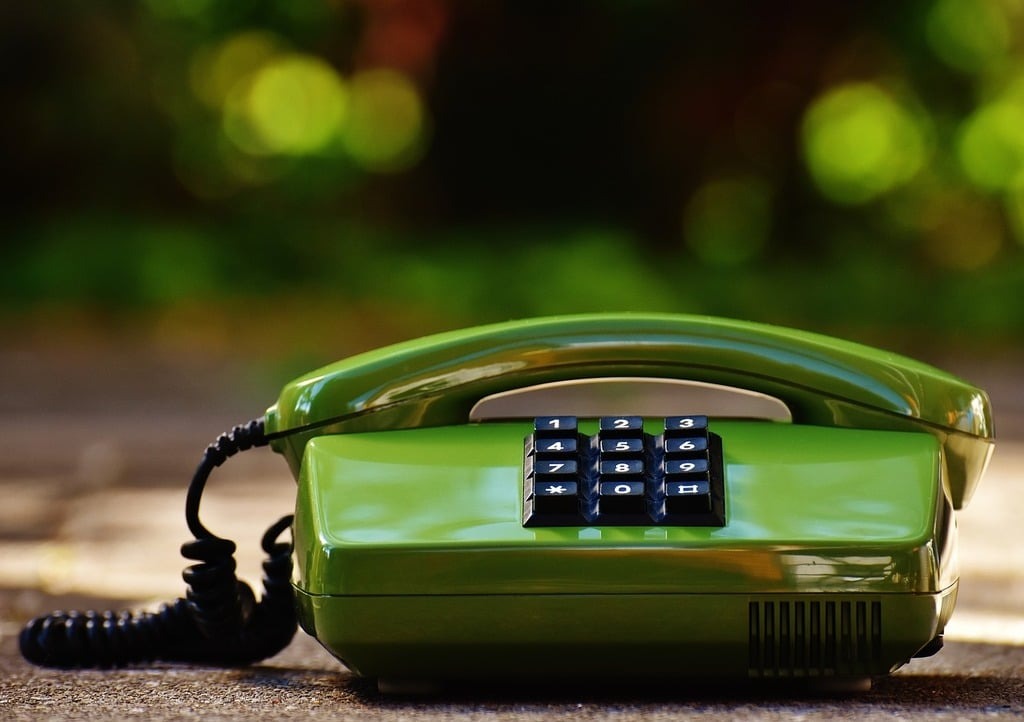
Picking up the landline was once a mystery—you never knew who waited on the other end. Boomers excelled at screening calls and taking detailed messages, noting names, numbers, and purposes. The practice developed social etiquette and communication skills that served multiple purposes. Modern smartphones display exactly who’s calling, letting you ignore unwanted calls effortlessly. Only 37% of US households still had landlines by 2020.
24. Reading Paper Maps

Travelers once relied on bulky paper maps requiring careful study and interpretation. Skilled Boomers understood topographic symbols and estimated distances while navigating unfamiliar territory. Many even mastered the art of folding these maps to fit neatly in glove compartments. GPS technology has rendered paper maps largely obsolete, with 77% of smartphone owners regularly using navigation apps. Traditional maps still hold value in outdoor recreation and areas with poor GPS coverage.
23. Sewing and Mending Clothes

Look at vintage garments at estate sales and you’ll find meticulous repairs—evidence of widespread sewing skills that demonstrated Boomer resourcefulness. Mending extended garment life, saved money, and reduced waste. Many created their own clothing for customization and personal expression. Fast fashion has eliminated this necessity for most. The global apparel market reached $1.5 trillion in 2021, though sustainable living movements have sparked renewed interest in this practical skill.
22. Cursive Writing
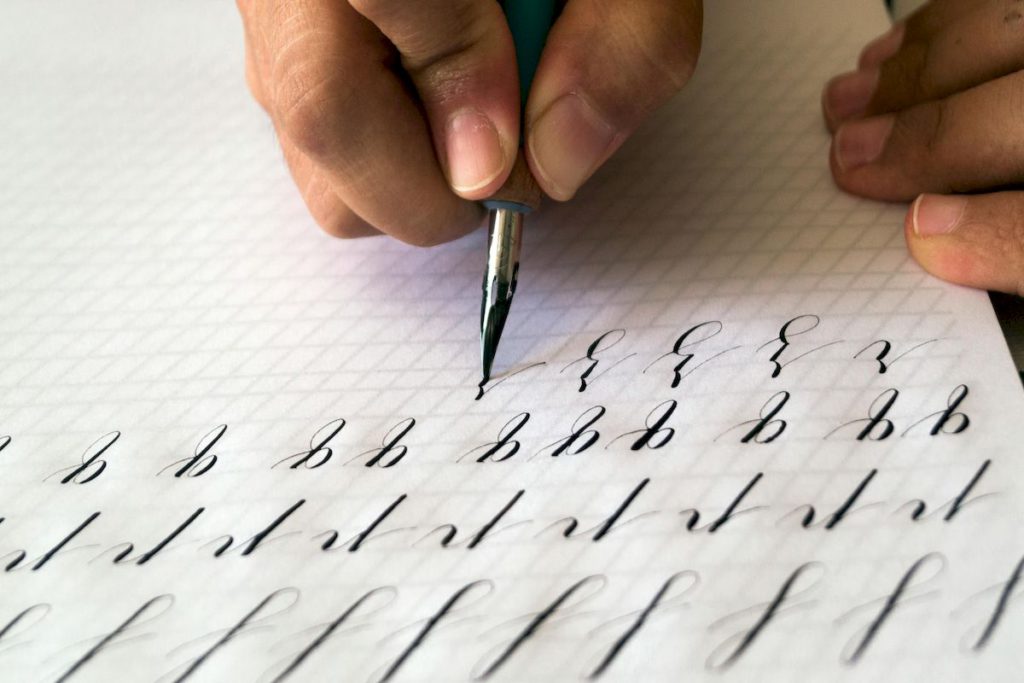
Educational systems once treated cursive as essential communication. Boomers mastered flowing, connected letter forms that enabled faster writing and developed unique personal styles. Digital communication has pushed cursive aside—it’s been removed from Common Core standards in many states, with only 21% of schools reporting teaching it regularly. Emails and texts have replaced handwritten letters, though cursive remains important for reading historical documents and developing distinctive signatures.
21. Driving a Manual Transmission

The rite of passage that was learning to drive stick shift required complex coordination of clutch, gas, and gear changes. Mastering this skill created a stronger connection to vehicles and potentially improved fuel efficiency when driven optimally. Automatic transmissions now dominate the market, with just 1.2% of new cars sold in the US in 2022 having manual transmissions. This specialized skill maintains niche appeal among car enthusiasts and in motorsports circles.
20. Balancing a Checkbook

Careful tracking of every expense once required recording each transaction to match bank statements. This meticulous process helped avoid overdrafts and maintained clear financial awareness. Digital banking has revolutionized money management—76% of Americans used mobile banking in 2021. Instant balance checks on your phone have made manual ledgers seem outdated, though small business owners and detailed budgeters still find value in the practice.
19. Using Alphabetical Skills (Dictionaries, Encyclopedias)

Alphabetical navigation was once essential for dictionaries, encyclopedias, and card catalogs. Information retrieval meant understanding alphabetization systems and using complex indexes. Students often spent hours flipping through pages to locate specific facts. Modern search engines have transformed research, with 87% of students primarily using online sources. Finding data takes seconds without leaving home, relegating alphabetical skills to secondary importance behind digital search efficiency.
18. Writing Letters

Long-distance connection once depended on thoughtfully crafted letters that fostered deep relationships and created lasting keepsakes. The physical medium demanded care and consideration. Digital communication has changed everything—USPS First-Class Mail volume decreased by 45% from 2000 to 2020. Instant messages arrive in seconds, making traditional mail feel archaic, though letter writing retains value for special occasions and therapeutic benefits.
17. Typing on a Typewriter
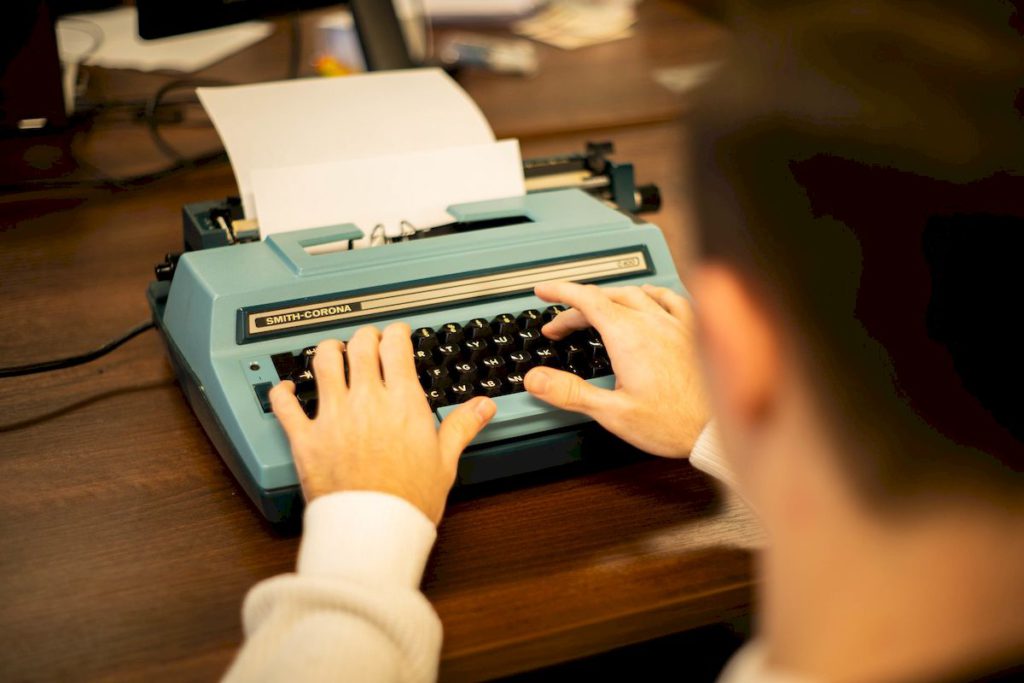
Mechanical typewriters demanded precision and practice. Users learned unique keyboard layouts, applied appropriate pressure, and developed accurate finger movements. These machines offered distraction-free writing environments with immediate physical output. Modern word processors have rendered typewriters obsolete, with less than 2% of writers using them regularly. Digital technology has completely transformed writing, though some creative professionals maintain typewriters for their artistic and nostalgic appeal.
16. Using Fine China

Formal dining once showcased treasured porcelain sets in over 70% of Boomer households. These carefully maintained pieces, often handed down through generations, symbolized sophistication and special occasions. Casual dining trends have diminished this tradition—fine china sales decreased by 42% between 2000 and 2020. Few families maintain these sets today, though they retain value in collectible markets and high-end restaurants.
15. Dating the Old-Fashioned Way

Meeting in person, engaging in meaningful conversations, and gradually building relationships characterized traditional dating. Connections developed based on shared values and genuine interactions over time. Dating apps have fundamentally altered this landscape, with 39% of heterosexual couples meeting online in 2021. Quick swipe-based decisions have accelerated the process, though traditional dating skills remain valuable for developing authentic relationships.
14. Manual Tasks and Simple Pleasures

Physical engagement once defined daily activities like rolling down car windows or conducting in-person banking. These routine actions created social connections that automated systems can’t replicate. Our button-pushing world has relegated these experiences to history—76% of Americans prefer digital banking. The tactile satisfaction and problem-solving skills from manual tasks now find appreciation in mindfulness and “slow living” movements.
13. Using Recipe Cards

Family culinary traditions lived on handwritten recipe cards passed through generations. Cherished instructions carried history in food stains and personal notes, preserving techniques with annotations and modifications. Digital cooking resources have transformed meal preparation, with 82% of home cooks using online recipes regularly. Thousands of recipes with instructional videos are instantly accessible, though vintage recipe collections maintain significant nostalgic and historical value.
12. Cooking Without Microwaves

Traditional meal preparation once required hours of chopping, simmering, and careful attention. Boomers invested considerable time creating dishes from scratch using conventional cooking methods. This approach allowed precise control over textures and flavors. Convenience appliances have changed everything—96% of US households own microwaves. Quick preparation now trumps slow cooking in daily life, though traditional techniques remain essential in gourmet settings and professional kitchens.
11. Sending a Fax

Business communication was revolutionized when fax machines enabled rapid document transmission. This technology felt cutting-edge despite slow page-by-page processing. Faxes provided legally accepted signatures and avoided mail delays. Digital alternatives have largely replaced faxing, with business usage decreasing by 80% from 2000 to 2020. Documents now transfer instantly at no cost, though fax technology persists in healthcare and legal sectors for security compliance.
10. Doing Laundry by Hand

Manual washing involved scrubbing clothes on washboards, multiple rinses, and air drying—a labor-intensive process demanding time and physical effort. The technique allowed gentle treatment of delicate fabrics. Modern washing machines have transformed this chore, with 89% of US households owning them. Automatic appliances save approximately 4-5 hours weekly, though hand washing remains valuable for certain fabrics and emergency situations.
9. Using a Dictionary

Heavy reference books once sat ready to verify spellings, definitions, and word origins. People diligently flipped through alphabetical entries to find precise meanings and proper usage. Digital alternatives have changed reference habits—the Oxford English Dictionary ceased print publication in 2012. Instant electronic lookups have made physical dictionaries seem archaic, though they continue to serve educational purposes for developing research and comprehensive language skills.
8. Shorthand
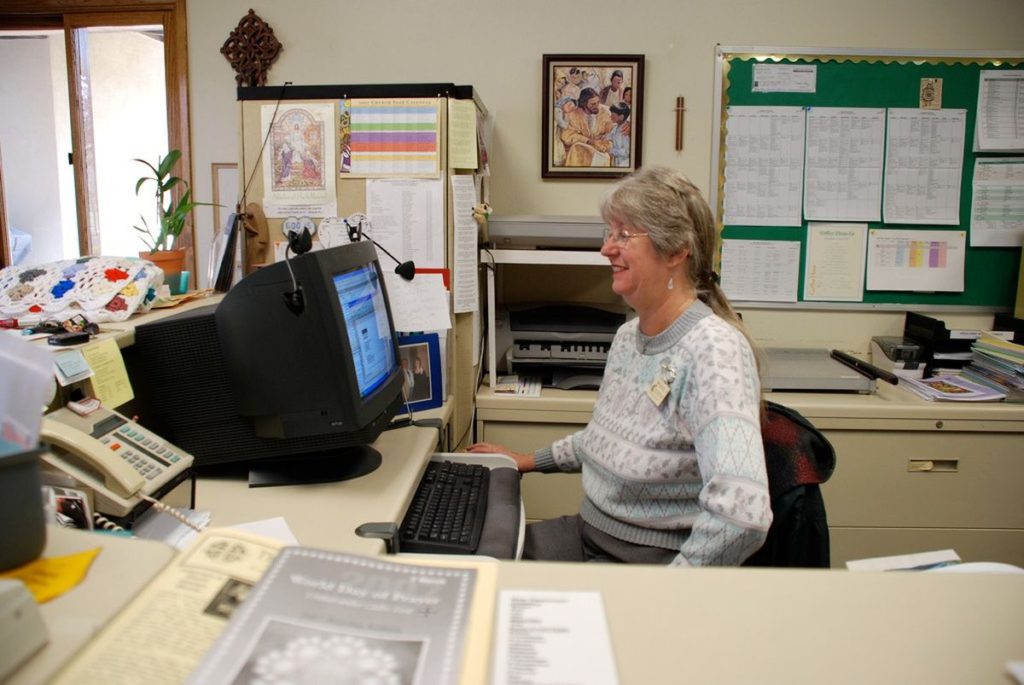
Rapid note-taking through specialized symbolic writing systems allowed secretaries to record dictation at conversational speeds. This skill proved crucial for accurate meeting records and confidential communication. Modern technology has eliminated the need for shorthand, with less than 1% of secretarial jobs requiring it by 2022. Audio-to-text conversion achieves nearly 99% accuracy, though specialized fields like journalism and legal reporting still utilize shorthand techniques.
7. Operating a 35mm Camera

Film photography demanded technical knowledge of manual focus, aperture settings, and shutter speeds. Users carefully considered each shot, limited by available exposures per roll. Digital technology transformed image capture—cameras with electronic sensors outsold film models by 2003, and 85% of photos were taken on phones by 2021. Instant results have replaced darkroom processes, though film photography maintains a dedicated artistic following.
6. Using a Phone Book

Massive directories once arrived at doorsteps with comprehensive listings of community contacts. These volumes contained names, addresses, and phone numbers organized for quick reference. Digital search has decimated printed directories, with distribution decreasing by 70% from 2008 to 2018. Information now appears instantly on mobile devices, making phone books unnecessary except as emergency resources in areas with unreliable internet connections.
5. Using a Slide Rule

Complex calculations once required portable analog computing devices with logarithmic scales. Engineers and scientists manipulated sliding components for multiplication, division, and other mathematical functions. Electronic alternatives ended the slide rule era—most production ceased by 1975. Modern devices perform calculations instantaneously, though these instruments retain educational value for understanding logarithmic relationships and estimation techniques.
4. Canning

Food preservation through heat processing in sealed containers allowed families to store seasonal produce for winter use. Rows of colorful jars displayed summer harvests and self-sufficient practices. Commercial alternatives have reduced home canning—participation dropped from 78% of Americans in 1950 to 26% in 2020. Store-bought products have largely replaced home preservation, though the practice has experienced resurgence among sustainability advocates and preparedness communities.
3. Hanging Wallpaper

DIY home decoration once commonly involved careful pattern matching and wrinkle-free application of wall coverings. The meticulous process transformed rooms but demanded patience and skill. Paint has overtaken this practice—wallpaper sales decreased by 60% between 1990 and 2020. Application time differences are significant: wallpapering takes approximately 8 hours versus painting’s 2-hour timeframe, though designer papers maintain appeal in contemporary interior design.
2. Changing Your Own Oil

Basic car maintenance was standard practice for saving money and understanding vehicle systems. Regular oil changes represented self-reliance and practical mechanical knowledge. Professional services have largely replaced this DIY task—the percentage of owners changing their own oil dropped from 50% in 1995 to 25% in 2020. Quick-lube shops complete the service in about 15 minutes, though the skill remains valuable for classic car enthusiasts and those seeking long-term cost savings.
1. Practicing Patience

Daily life naturally incorporated waiting periods—for mail delivery, rotary dialing, and service processing. These delays fostered tolerance for life’s natural rhythms while developing better decision-making and stress management. Modern technology has eliminated forced waiting—average attention spans decreased from 12 seconds in 2000 to 8 seconds in 2021. Tasks that once took days now complete in moments, yet patience remains crucial for leadership, problem-solving, and mental wellbeing despite its diminished daily practice.

















